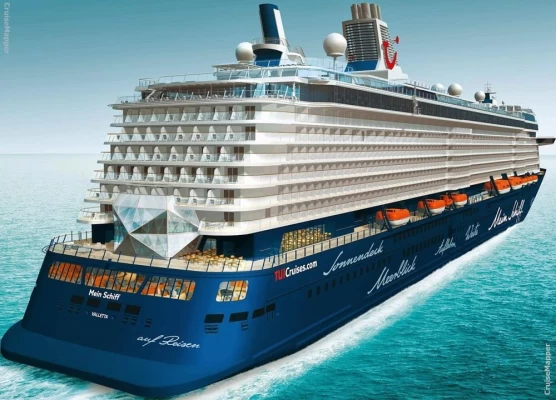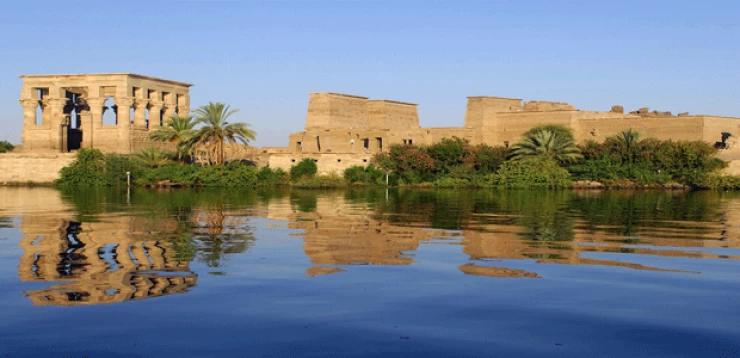
Abu Simbel Temples | Temple of Ramses II
Abu Simbel Temples: The Legacy of Ramses II Emblazoned on Stone
The unique and expansive area of desert in Egypt through which the Nile winds its way into the west bank is home to one of the greatest and most spectacular monuments of antiquity—the Abu Simbel temples. More than 3,000 years have gone by since these extraordinarily mighty temples were carved from the sandstone cliffs. They are evidence of and still boast incredible architecture and testimony to the might and vision of the most popular of Egypt's pharaohs—Ramses II, commonly known as Ramses the Great.
The Legacy of Ramses II: A Pharaoh of Power and Grandeur
Ramses II ruled from 279 to 213 BCE, and he is regarded as one of the greatest pharaohs of ancient Egypt. The accents of his reign were conquest, construction, and religious fervors. This was to eternally memorialize power and divine accomplishments long after perishing in the mortuary world.
The pharaoh completed this temple during his reign to commemorate his glorious feat at the Battle of Kadesh, the most celebrated battle of his era. The glory of Abu Simbel pictured not only a victory in battle, but the pharaoh himself longed to erect edifices that would defy time's destruction.
The stunning temples of Abu Simbel, as their very structure dictates, were built over 3500 years ago by order of Rameses The Great. The Great Statue of Ramses cuts off Nuba Region cliffs, raising more than twelve hundred sins tribute to the pharaoh, where power, divinity, and love for his queen Nefertari are.
An edifice of celestial beauty
Chronologically positioned in the latter half of the 13th century B.C., the Abu Simbel temples are made up of two temples that are sculpted out of rock in honor of pharaoh Ramses II and the deities he worshipped. The larger temple is dedicated to all the divine gods, with Ramses himself and the gods Amun, Ra-Horakhty, and Ptah, along with many others. The smaller temple is a loving representation of Queen Nefertari, who is depicted as the goddess of love, Hathor.
The temples served not only as sites for religious practices but also as lasting and aggressive statements of the power of Egypt that were meant to impress local Nubians as well as all other people.
The Great Temple of Ramses II
The exterior of the Great Temple is truly stunning; it has four huge seated statues of Ramses II, which are approximately 20 meters each in height. These statues, which are very intricately detailed, portray the ruler as a god-king with immense authority.
The temple has numerous grand halls and corridors connecting various sections, culminating in the innermost sanctuary, where images of Ramses and the gods sit in silence. On two days of the year, February 22 and October 22, the interior of the sanctuary is flooded with sunlight due to a solar alignment, a design that bore the skill of the ancient Egyptians.
The Temple of Nefertari
Smaller, but in no way less dynamic, Nefertari's Temple is a unique structure well worth the attention, as it is very seldom that monuments dedicated to a queen can be seen. Its facade is embellished with six statues—four of Ramses and two of Nefertari—all of them equally large, which speaks volumes of the affection and respect their king had for his wife.
The inner walls of the temple are richly decorated with images where we see Nefertari as goddess Hathor, the representation of women’s love, the music as well as singing mothers, and many other pictures inviting gods. This indicates how high the position of a female ruler was in Egyptian society.
The Rescue and Relocation of Abu Simbel
In the 1960s, the construction of the Aswan High Dam threatened Abu Simbel as the waters of Lake Nassar were set to rise and would submerge the temples. In an incredible example of global collaboration worked out by UNESCO, the temples were taken apart and relocated to a safe place that would not experience flooding.
It was not only the temples that were protected and preserved in the course of this artillery; it was the temples’ orientation to within 0.5 degrees of the expected position of the sun, as these structures were meant to be admired by the coming generations.
Visiting Abu Simbel Today
'Abu Simbel is worth the visit, as it can be accessed by road, air, or boat for history buffs and travelers who would like to explore the wonders of ancient Egypt. There is something intriguing about their location, which offers a sense of relief, a treasure hunt bulging with adventure within the travelers.
Package tours unlock the history, art, and meaning of the place, as well as an early morning visit that allows you to enjoy the sight of the temples looking majestic under the sun’s rise, which is stunning.
Why one should not miss Abu Simbel
The temples of Abu Simbel are not only glamorous constructions; they are gigantic artistic creations with spiritual elevation, achievement, and great stress on divine power. The massive statues and the intricate calculations involved in the celestial positioning of the builders—these temples are an ode to the grandeur of Ramses II and the civilization that was Egypt.
Take a journey through Abu Simbel, a place where history, art, and mythology intersect to produce one of the ancient world’s greatest masterpieces. Let the abiding soul of the temples sink you onto the period of divinity, royalty, and dreams without boundaries in absolute achievements.'
Latest Articles
Admin
Seabourn Sojourn Cruise Stops in Safaga Port
The Seabourn Sojourn, the flagship vessel of Seabourn Cruise Line's ultra-luxury fleet, was built in 2008 at the T. Mariotti shipyard in Genoa, Italy. Measuring 198 metres, it can accommodate up to 450 guests in its 225 spacious all-suite staterooms.
Admin
Norwegian Sky Cruise Stops in Safaga Port
Norwegian Cruise Line operates a cruise ship called the Norwegian Sky. It was constructed in 1999 and can accommodate 2,004 passengers in addition to 878 crew members. The ship has several dining establishments, lounges and bars, a spa and fitness center, swimming pools, and a number of entertainment areas.
Admin
Explora II Cruise Stops in Safaga Port
Explora II, the second vessel in the Explora Journeys fleet, sets sail in 2024 to redefine luxury cruising. With 461 ocean-front suites, 9 culinary experiences, and 4 pools, this haven of sophistication and sustainability promises an unforgettable "Ocean State of Mind" journey to inspiring destinations.
Admin
Mein Schiff 6 Cruise Stops in Safaga Port
The Mein Schiff 6 is the latest cruise ship in the renowned TUI Cruises fleet, offering passengers a luxurious and sophisticated cruise experience. At 315 metres long, this floating resort features a range of dining options, entertainment, and recreational facilities, including a spa, fitness centre, and sports amenities.
Admin
Mein Schiff 4 Cruise Stops in Safaga Port
When the Mein Schiff 4 cruise ship docks in Safaga, Egypt, passengers are granted access to a realm of ancient wonders. Aboard this state-of-the-art vessel, guests can embark on meticulously curated shore excursions that showcase the region's most iconic landmarks, including the Giza Pyramids, the enigmatic Sphinx, and the remarkable tombs and temples of the Valley of the Kings in Luxor.
Admin
MS Europa Cruise Stops in Safaga Port
The Silver Moon, Silversea's latest flagship, is a luxury cruise ship that offers an exceptional travel experience for Venezuelans exploring Egypt. With a capacity of 596 guests and an impressive 40,700 gross tonnes, the Silver Moon maintains the small-ship intimacy and spacious all-suite accommodations that are the hallmarks of the Silversea brand.

























